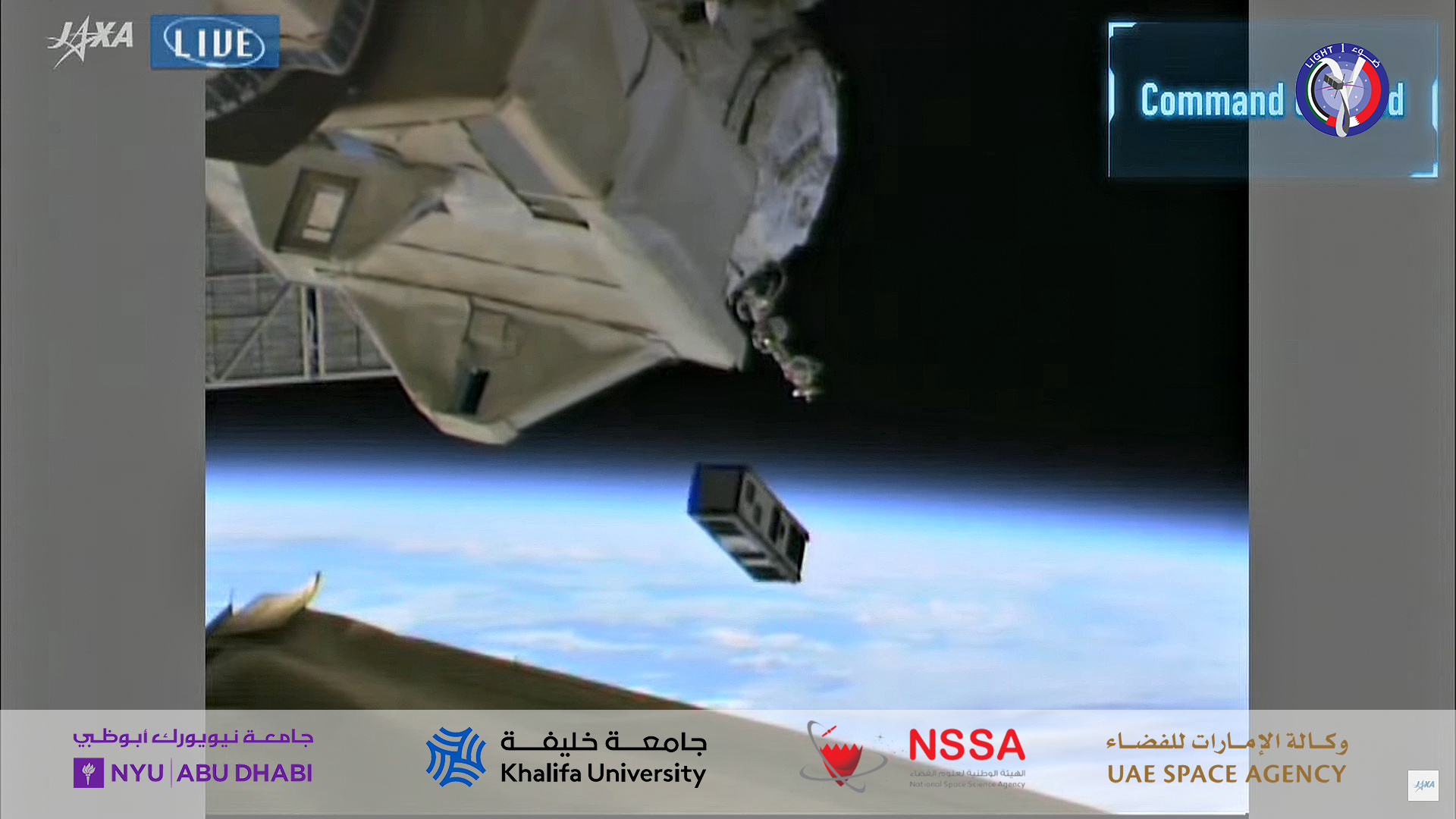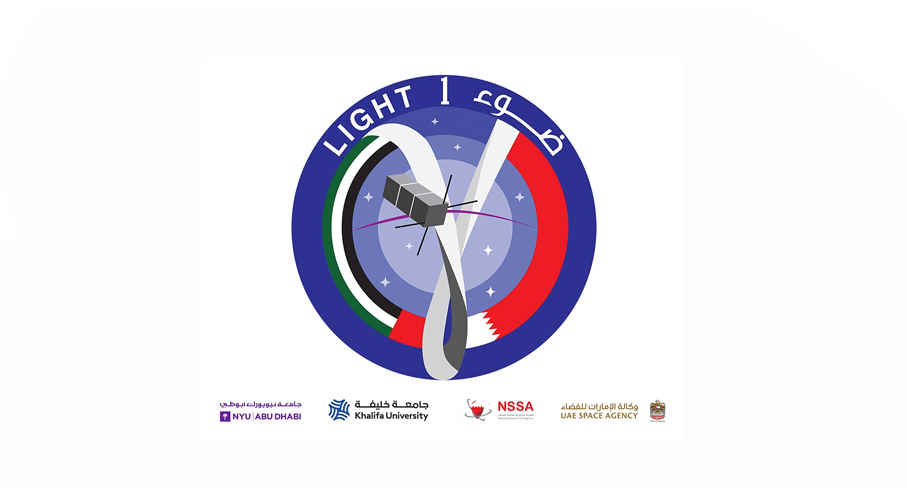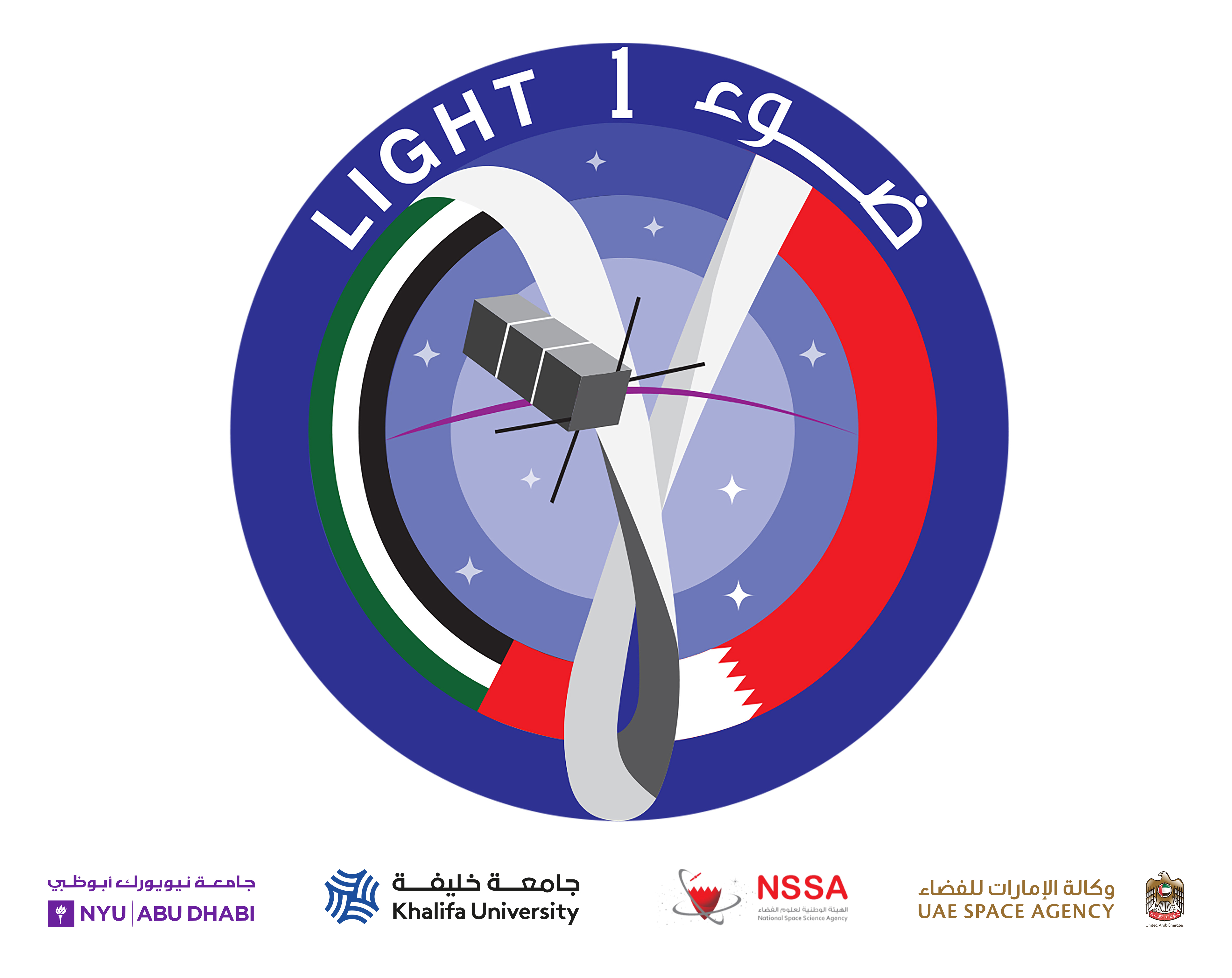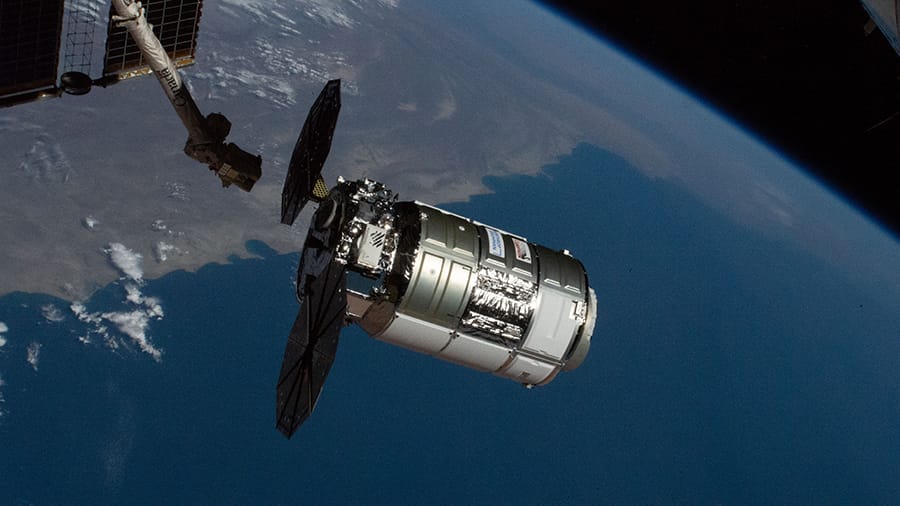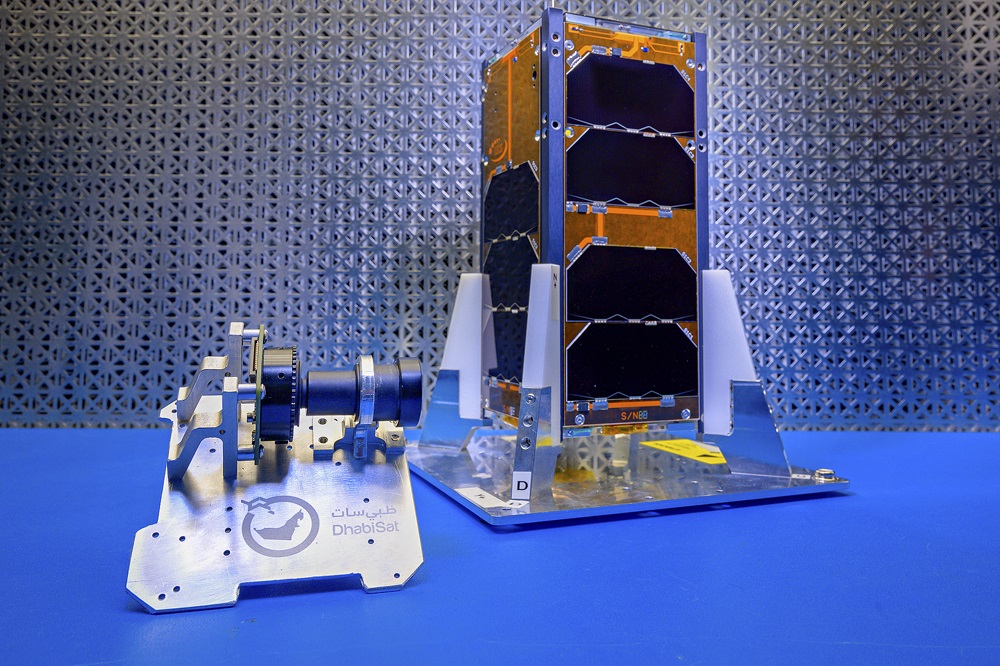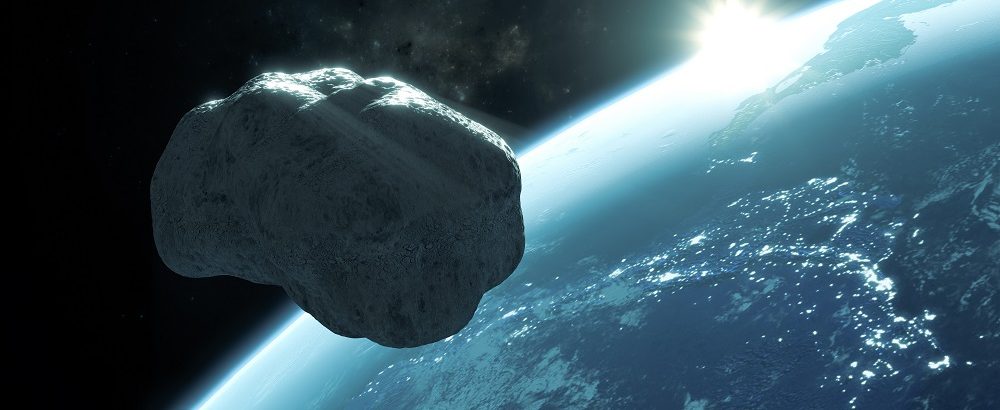
Khalifa University Researchers Advance Algorithms to Quickly and Accurately Calculate the Minimal Orbital Intersection Distance of Near-Earth Objects
Far from merely a subgenre of science and disaster fiction, how to detect large asteroids that may collide with Earth is a real field of study and concern. A sufficiently large impact by an asteroid could cause massive tsunamis, multiple firestorms and an impact winter from dust and other debris in the stratosphere blocking sunlight, such as the collision 66 million years ago thought to have caused the Cretaceous-Paleogene extinction event, widely held responsible for the extinction of most dinosaurs.
According to the US National Aeronautics and Space Administration (NASA), efforts to deflect a large object on a collision course with Earth would require at least five years of preparation.
Khalifa University’s Dr. Elena Fantino, Assistant Professor of Aerospace Engineering, recently published an article in the journal Astronomy and Astrophysics to add to the body of research on asteroid impact avoidance. Her paper contributes two new computations to aid in determining the ‘minimum orbital intersection distance’, or MOID, of near-Earth objects in space quickly and accurately. The MOID is the first measure of how close to Earth an asteroid could come before an impact may occur.
A potentially hazardous object (PHO) is a near-Earth object—either an asteroid or a comet—with an orbit that can make close approaches to the Earth and large enough to cause significant regional damage in the event of impact. A PHO can be determined as non-threatening to Earth for the next 100 years or more, if its orbit is reasonably well determined.
In astronomy, the MOID is defined as the distance between the closest points of the osculating orbits of two bodies and is of greatest interest when it comes to assessing the risk of a collision with Earth.
One of the orbits is considered the reference or primary orbit, and any orbit facing the primary is called a secondary orbit. Since the sets of secondaries—and therefore the number of objects that may collide with the primary orbit—are usually large, MOID can be used as a pre-filter to discard those that don’t pose a risk in the immediate future.
“The minimum orbital intersection distance is used as a measure to assess potential close approaches and collision risks between astronomical objects. Fast MOID computation is in high demand but accuracy is also a key issue,” said Dr. Fantino. “Many methods for computing the MOID have been published over the past seven decades, and the majority are approximate numerical methods. However, more recently, algebraic approaches have been established and some hybrid methods have appeared, including the SDG-MOID method.”
The SDG-MOID method was developed by the Space Dynamics Group (SDG) at the Technical University of Madrid and is a fast and accurate numerical method based on two algorithms. The first determines the distance between a point and an ellipse in three-dimensional space, and the second calculates the minimum distance between two confocal ellipses. Dr. Fantino’s research builds on this method by including asymptotic expansions for the computation of the in-plane distance component in the first algorithm of the SDG-MOID method.
“We tested these asymptotic procedures to assess the gain in computing speed, the corresponding accuracy loss, and the benefits of their introduction,” explained Dr. Fantino. “We are also looking at improving the second algorithm of the SDG-MOID method, aiming to preserve accuracy.”
Dr. Fantino’s approach saw a 40 percent reduction in computing time without degrading the accuracy of the determinations. Such a remarkable result means this method is the ideal choice for all applications in which a fast and accurate MOID computation is required.
Computing the MOID is an old but increasingly relevant problem. While the chances of a major collision of a near-Earth object with the planet are low in the near term, it is almost inevitable that one will happen eventually. Astronomical events such as the 2013 Chelyabinsk meteor and the growing number of objects on the Sentry Risk Table (an automated impact prediction system operated by the Jet Propulsion Laboratory since 2002) have drawn renewed attention to such threats.
“The problem of computing the MOID is as old as Kepler’s laws,” explained Dr. Fantino. “However, the need for a quick and accurate solution has increased as its role in several branches of Celestial Mechanics and Astrodynamics has become more and more prominent. Nowadays, the MOID is used primarily to discard objects from large space debris as collision risk to spacecraft, and to predict possible close encounters of asteroids and comets with planets, mainly Earth, Mars, and Jupiter.”
The MOID between an asteroid and Earth is one of the most important parameters when assessing impact risk. However, a low MOID does not mean that a collision is inevitable as the planets in the Solar System frequently perturb the orbit of small bodies.
“Calculating the MOID involves two Keplerian orbits, represented by their classical orbital elements,” said Dr. Fantino. “The orbital elements change over time due to perturbations.”
Perturbation is the complex motion of a massive body subject to forces other than the gravitational attraction of a single other massive body—such as the effects of the Sun on the Earth’s Moon. Other forces could include a third (fourth or fifth, etc.) body, resistance from an atmosphere, or the off-center attraction of an oblate or otherwise misshapen body. In the Solar System, the orbits of many of the minor bodies, such as comets, are often heavily perturbed, particularly by the gravitational fields of the gas giants. Perturbations can alter orbits over time: in 25,000 years, Earth will have a more circular orbit than Venus, which is currently the orbit with the least eccentricity, meaning, it is the closest to circular of all the planetary orbits.
“Due to the time evolution of the orbital elements, the MOID itself is a function of time,” added Dr. Fantino. “Thus, understanding the evolution of the MOID over long time frames is important for impact risk assessment. For asteroids, such MOID monitoring allows us to better assess the risk of a possible impact with Earth.”
Once the MOID has been established, it can be quickly determined whether an object poses a risk and whether it merits more sophisticated investigation. The faster an object can be assessed, the faster a response could be initiated in the case of impact with Earth. The MOID can also be used to identify near-Earth objects coming close to perturbing planets, which could change their orbits significantly, and manage growing catalogues of space debris.
Jade Sterling
News and Features Writer
8 March 2020


